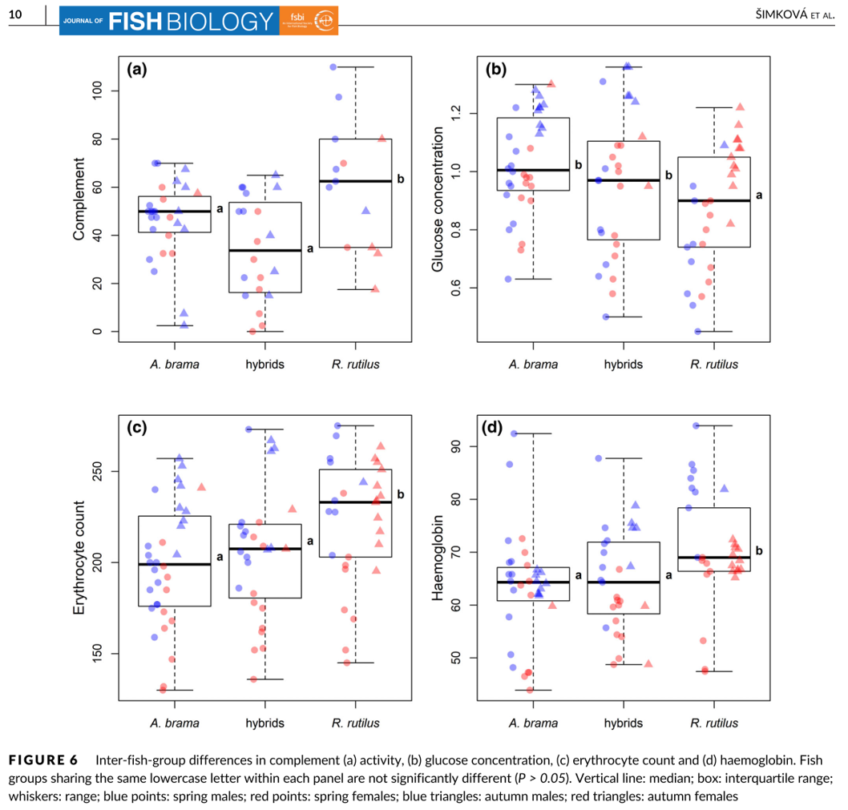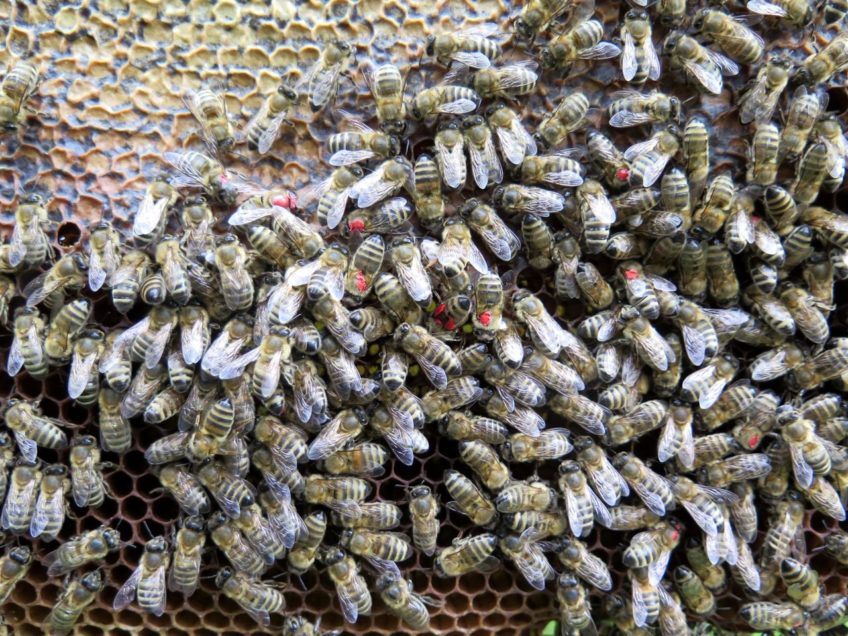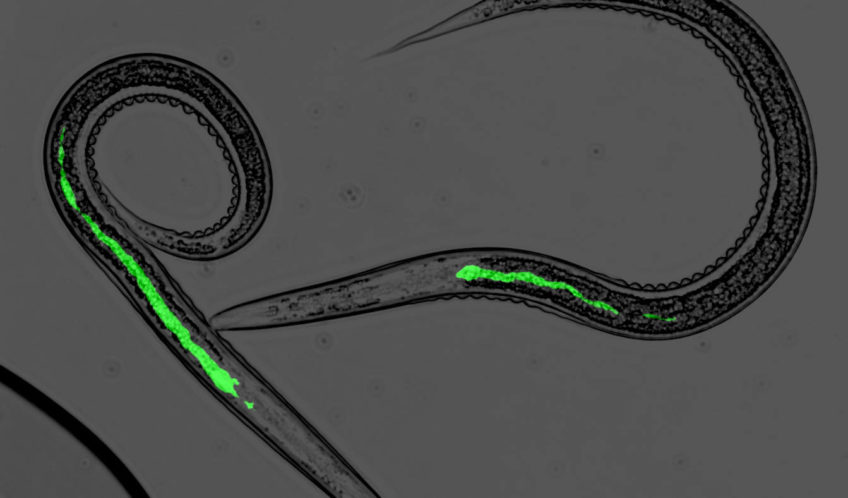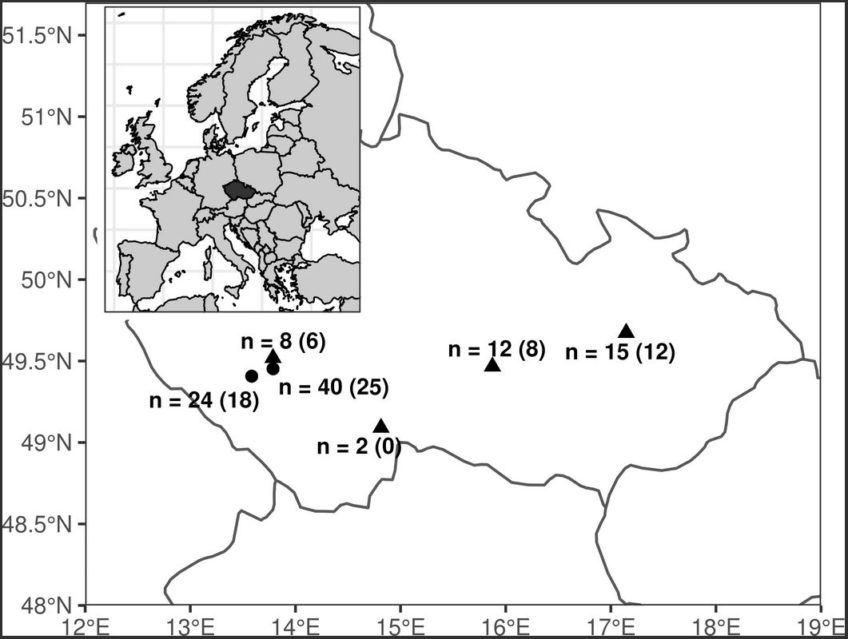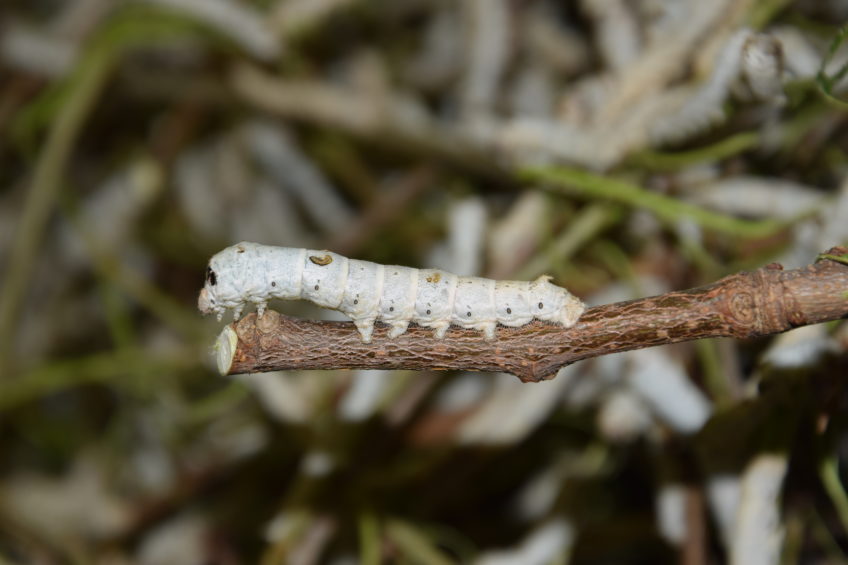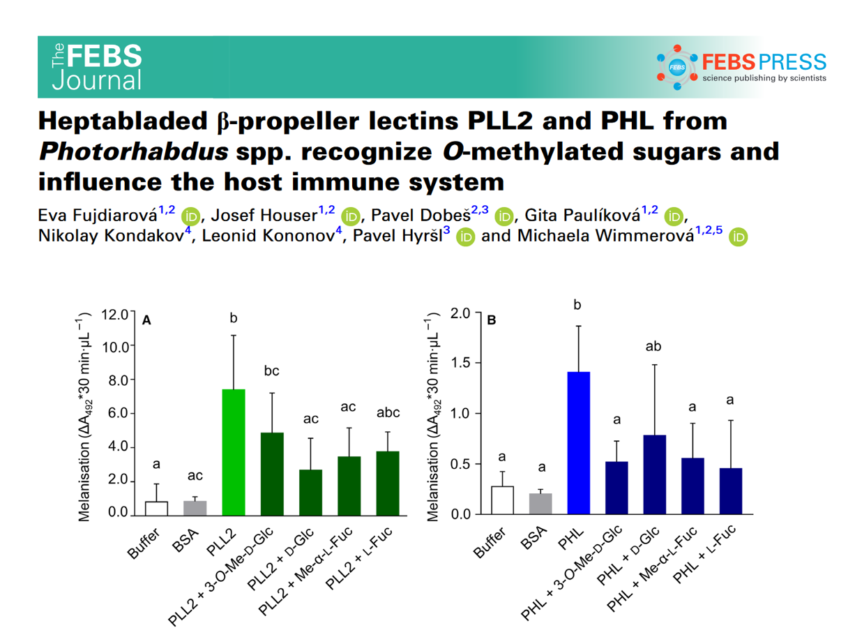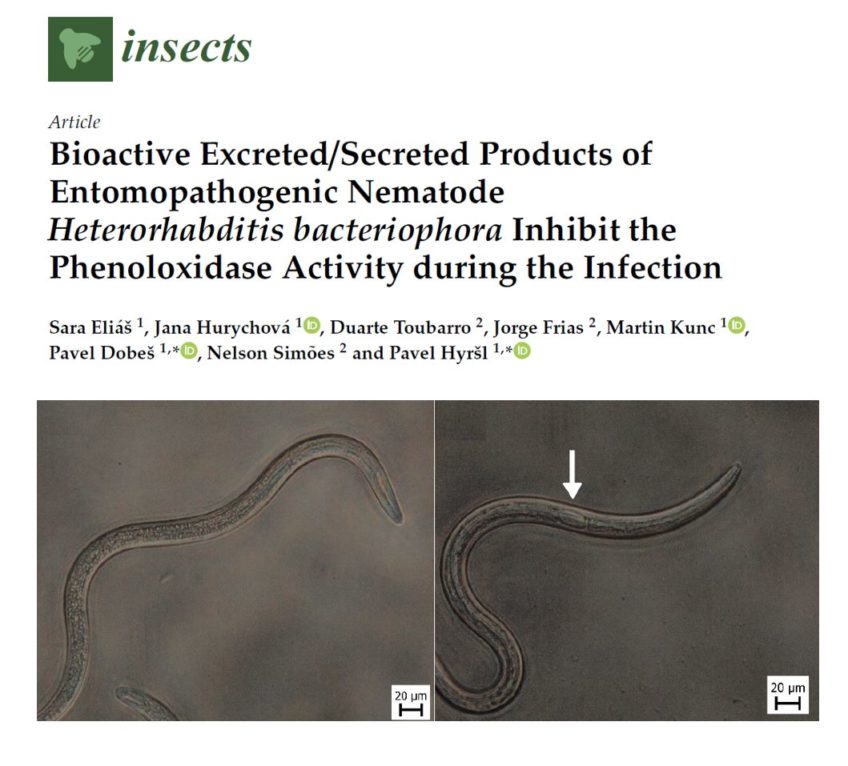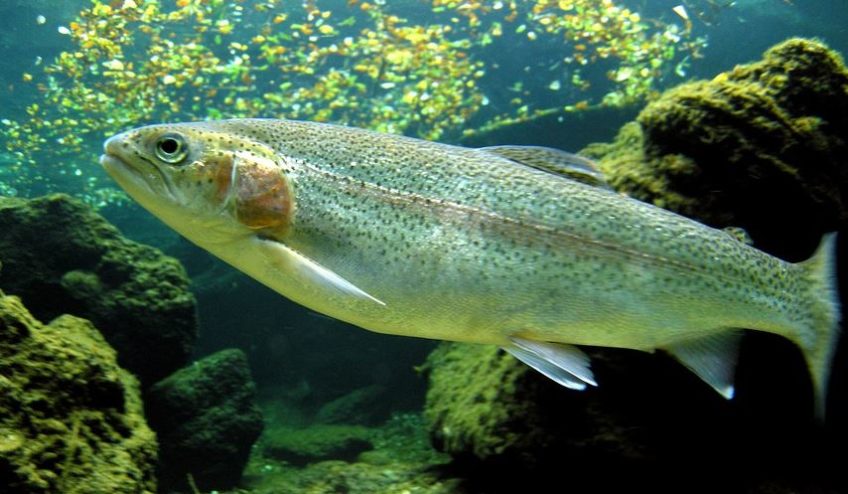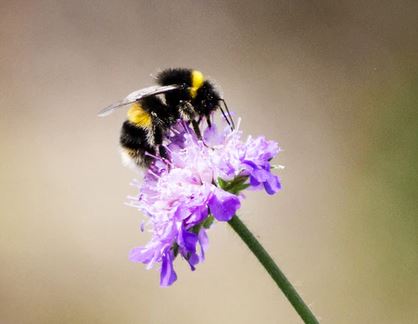Vigour-related traits and immunity in hybrids of evolutionary divergent cyprinoid species: advantages of hybrid heterosis?
Abstract Hybrid advantage, described as the superiority of hybrids in some traits over their parents and termed the “heterosis effect,” is widely documented in the case of reciprocal crosses of parental species (i.e., hybrids representing the F1 generation). In fish, … Read More
